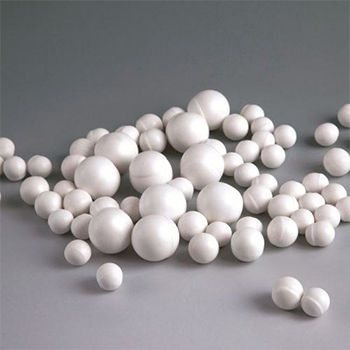
talc mine
The Importance of Talc Mining Applications and Environmental Considerations
Talc, a naturally occurring mineral, is renowned for its softness, inertness, and ability to absorb moisture. Composed primarily of magnesium, silicon, and oxygen, talc is the softest mineral on the Mohs hardness scale. As a result, it is utilized in a variety of industries, ranging from cosmetics to automotive manufacturing. The process of talc mining plays a crucial role in meeting the global demand for this versatile mineral.
The Importance of Talc Mining Applications and Environmental Considerations
One of the most well-known uses of talc is in the cosmetics industry, where it is commonly found in products like face powders, blushes, and baby powder. Its ability to absorb moisture and reduce friction makes it an ideal ingredient for maintaining skin smoothness and dryness. However, issues have arisen concerning the safety of talc in cosmetics, particularly regarding potential contamination with asbestos, a known carcinogen. This has led to increased scrutiny and regulation, prompting many companies to seek purified talc or alternative ingredients.
talc mine

In addition to cosmetics, talc is widely used in the production of plastics, ceramics, and rubber. In the plastics industry, it is incorporated to enhance the durability and flexibility of products. In ceramics, talc contributes to the smoothness of glazes and bodies, while in rubber, it improves the processing and physical properties of tires and other rubber products. The versatility of talc makes it a valuable commodity in various manufacturing processes.
Despite its many applications, the environmental implications of talc mining cannot be ignored. The extraction process can lead to habitat destruction, soil erosion, and water contamination if not managed responsibly. Moreover, the disposal of tailings and waste material poses additional environmental challenges. As awareness of environmental sustainability increases, there is a growing emphasis on responsible mining practices that minimize ecological impact.
Efforts are being made to enhance the sustainability of talc mining operations. Companies are adopting practices that involve the rehabilitation of mined sites, water conservation measures, and responsible waste management. The use of modern technology and monitoring systems also plays a crucial role in ensuring that mining activities are not detrimental to surrounding ecosystems.
In conclusion, while talc mining is essential for supplying a wide array of industries with this valuable mineral, it is imperative to balance economic benefits with environmental responsibilities. The future of talc mining lies in the ability to adopt sustainable practices that protect natural resources while fulfilling industrial demand. As industries continue to evolve and environmental standards rise, the talc mining sector must adapt to ensure it remains a responsible and integral part of the global supply chain.
Share
-
Premium Talcum Powder Enhanced with GPT-4 Turbo | Soft & Long-LastingNewsAug.02,2025
-
Fly Ash Solutions Enhanced by GPT-4 Turbo | Sustainable InnovationNewsAug.01,2025
-
Natural Premium Bentonite Cat Litter - Superior ClumpingNewsJul.31,2025
-
Premium Resin Coated Sand - High Heat Resistance CastingNewsJul.31,2025
-
High Quality Silicon Carbide Grit for Abrasive ApplicationsNewsJul.30,2025
-
High-Quality Ceramsite for Plants & Gardening | Lightweight PebblesNewsJul.29,2025






